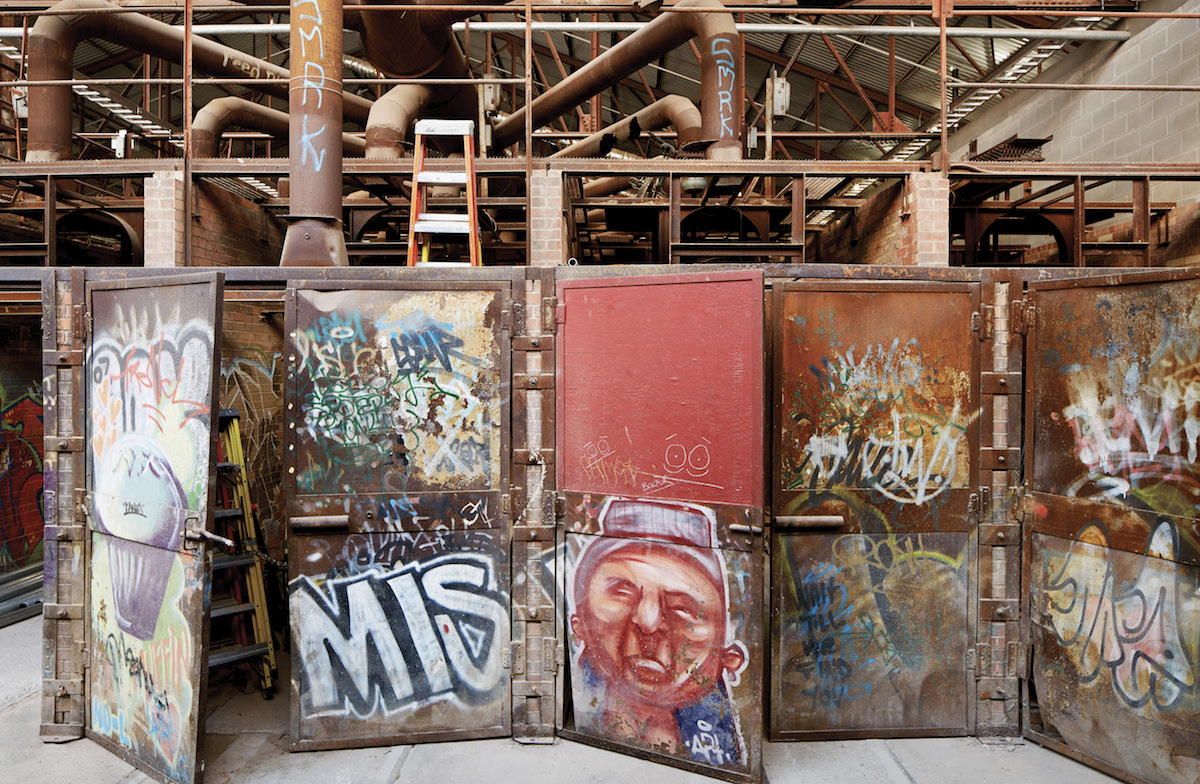
[Photo: Ben Rahn / A-Frame]
Toronto is being transformed by a new sustainability movement.
The city ranks high on the Sustainable Cities Index, in part due to a reduction in greenhouse gas emissions by over 25% since 1990. And there are several ongoing major initiatives, like the 2030 Districts program that aims to cut district-wide emissions in half, including zero emissions from new buildings by 2030. The Toronto Green Standard, a set of sustainable design requirements paired with financial incentives for new private and public developments, aims to reduce emissions, improve air quality, and reduce household and construction waste.
Many institutions, including the University of Toronto, have committed to minimum LEED standards for both new and renovation projects. But Toronto’s design scene has set its sights beyond just LEED certification to a range of new standards, including passive houses and carbon neutral projects.
Retrofitting has become a crucial mission in a city with a limited historical building stock, much of which has been neglected. But now even abandoned factories like Evergreen’s Kiln Building are becoming community event spaces with integrated solar thermal and geothermal systems. And the University of Toronto’s One Spadina project has resuscitated a historic college with the addition of a modern wing and data-driven green spaces.
New buildings are setting ambitious green agendas, too. The cranes across Toronto’s skyline are nothing new, but the focus on sustainability is unleashing new creative potential. The newly completed One York building includes rainwater cisterns and a large photovoltaic solar panel array. We recently sat down with representatives from all of these projects to learn more.

